Technology


5 min

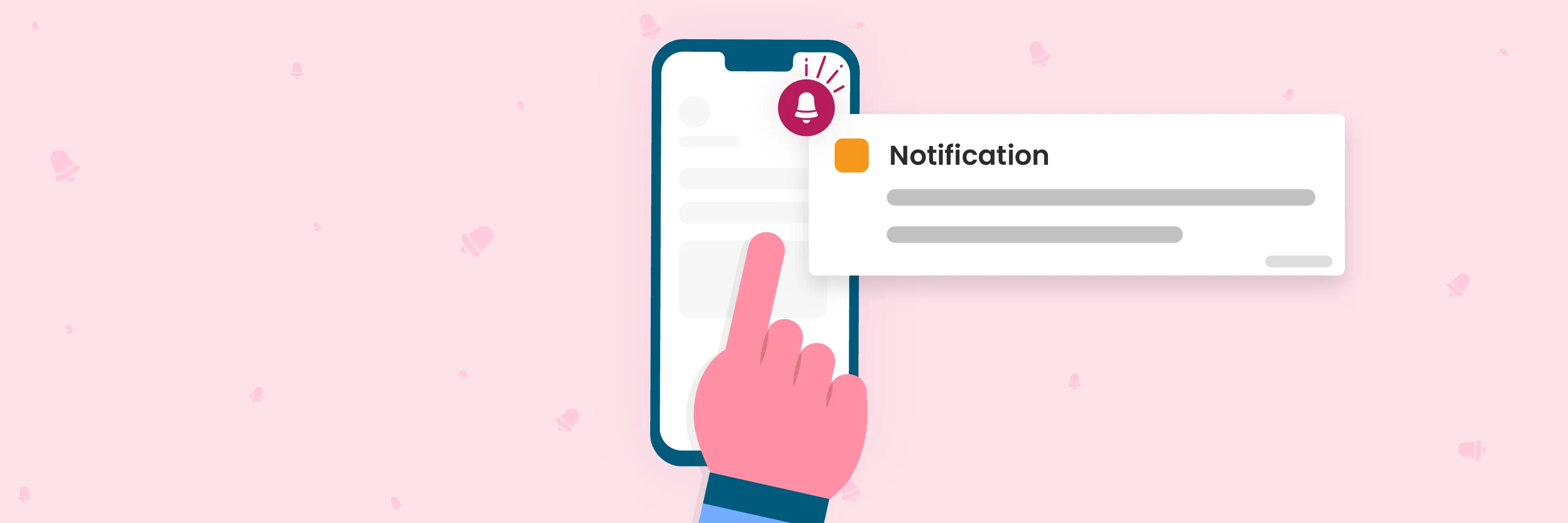
Inherently a part of digital marketing strategies, push notifications are aggressively used for bringing your deals, offers, new product launches, and many more consumer-centric content live on user mobiles even when he/she isn’t directly interacting with your app.
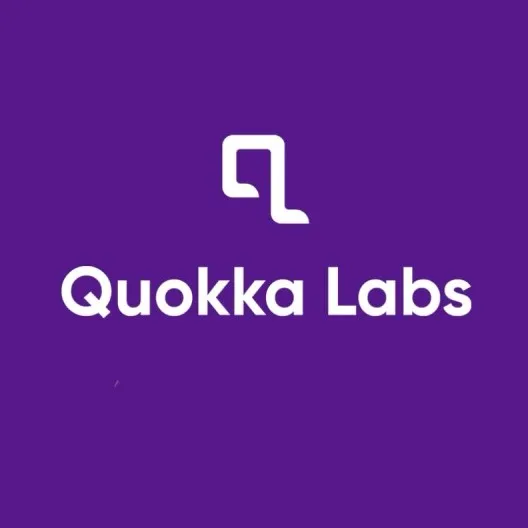
By Quokkalabs LLP
23 Jun, 2020
Inherently a part of digital marketing strategies, push notifications are aggressively used for bringing your deals, offers, new product launches, and much more consumer-centric content live on user mobiles even when they aren't directly interacting with your app.
Many app marketing researchers have rated push notifications as one of the most interactive tools to increase mobile app open rates.
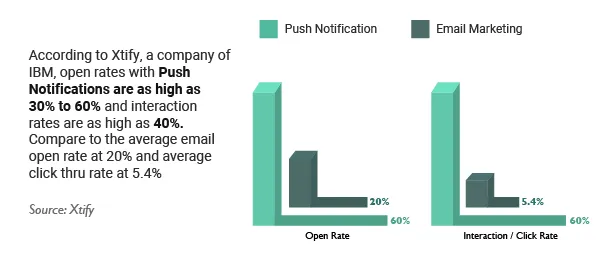
But this comes with a penalty:
Sending push notifications inadvertently can decrease your open rates and increase uninstallation rates.
So there is a trade-off between quality and the number of such notifications, which needs to be handled carefully.
Let's discuss the above ways to optimize your push notifications.
How about having your notifications address your customers, their names, place, and other information? Yes, using placeholder tags, we replace placeholders with user first names and other data pulled out from your database and place them in the right places in the notification message. Such exercise is bound to get substantial attention from customers: Increase open rates and brand visibility on their smartphones. Here are Some examples:

If your database is missing some required fields, no problem: content can be automatically edited contextually using catch-all default values, like what's done for User 3 in the picture above.
Understanding user lifetime value certainly is essential to keep your app generating revenue for you. Longer and more profound business relationships would help your company, especially during lean periods. For this, you need to have an omnichannel strategy in place to keep your user within the lifecycle of your business by configuring your notifications to the user's in-app behavior. The user flows can be classified into two branches:
Onboarding Flow
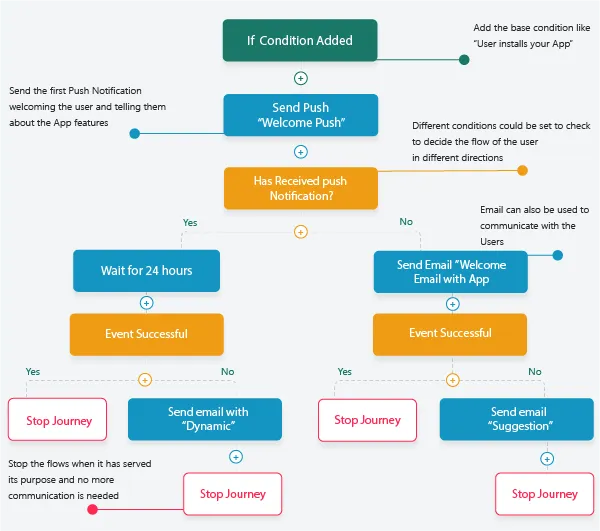
Engagement Flow
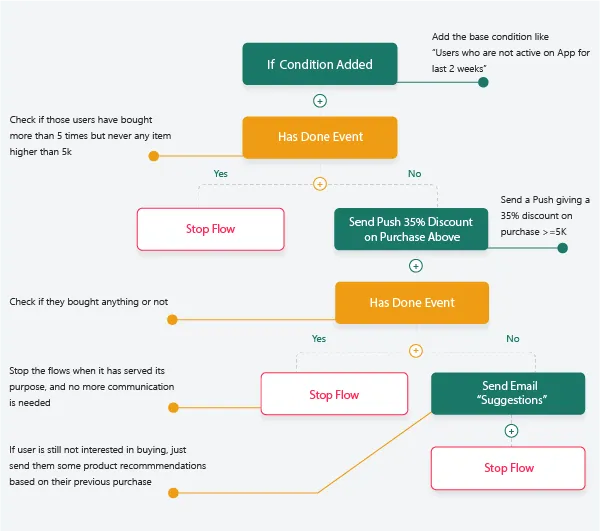 Engaging users on updated schemes or even reminding them of expiring coupons are good marketing practices for customer retention. Constructing such offers in a lucrative manner is bound to retain customers and loyalty.
Engaging users on updated schemes or even reminding them of expiring coupons are good marketing practices for customer retention. Constructing such offers in a lucrative manner is bound to retain customers and loyalty.
With so many mobile apps competing for user acquisition, companies are always out giving discounts, cashback, exclusive coupon codes, and many more marketing instruments to secure customer loyalty.
To stand out from this crowd, your push notifications should create a sense of FOMO, a.k.a fear of missing out among the consumers.
This has proven to be a match-winner in generating sales as they induce instant open-rate, which generally converts into monetary transactions from your app. See how this stimulates an instant click on the intended service:

Time-limited offers and exclusiveness can stretch your brand recognition as users will now recognize you as the best option for a particular product or service, winning loyalty altogether.
Most apps suffer from redundancy in messaging, resulting in users opting out of push notifications. It will be an absolute nuisance to notify your consumers of deals on electronics when he has been looking for furniture products.
These may lead to an annoying experience resulting in actually removing notification permission for your app.
These alarming stats should make marketers aware of resolving their push notification algorithm for users. Using data analytics collected from users interacting with your app, you can have a broad idea of dealing with specific categories of customers: a segmented approach. Tracking user in-app behavior is one of the most reliable analyses one can generate.
Such intricate personalization requires automated digital software to manage thousands of customers and send notifications about the right stuff at the right time. By deploying intelligent systems, you can visualize click-through rates, time spent on each feature or product, engagement frequency, and more. Utilizing this data, push messages are automatically generated wrt each customer: giving a valued interaction.
Push notifications aren't only for promoting sales or product launches. They can be themed for occasions like Diwali, Christmas, Holi, etc. Also, if you plan to take out any social initiative, the push notification is one excellent platform to articulate your campaign. Hence, you can configure push notifications with any contest, webinar, or live event you want to launch through your app. This added dimension enables you to interact more with your customers.
Although this may be attractive in how it takes your agenda to your customer, ensure your notifications reach the targeted audience only. An American user has nothing to do with a Japanese Festival or a social scheme for India that could be more effective for the German audience. Hence, Geofencing Technology gets crucial here in adjusting such greetings for greater flexibility in messaging.
Geofencing is a location-based service in which the program uses GPS, RFID, Wi-Fi, or cellular data to trigger a pre-programmed action when a device or RFID tag enters or exits a virtual boundary set up around a geographical location, known as a geofence. Marking geofencing solid points, you can constructively cater to a more targeted audience in real-time based on their location tracking throughout the day, week, or month.
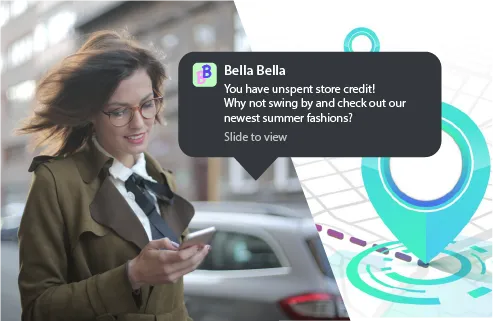
A good app developer shall build you the required application as prescribed. But as compassionate developers, while creating a mobile app, Quokka Labs often fetches box implementations and gives you certain extraordinary features to not only get you started but also boost your mobile app to the top of the app stores organically.
How to Use Augmented Reality in Accounting to Build Smarter Financial Apps
By Dhruv Joshi
5 min read
Top 10 Enterprise App Development Companies for Scalable Business Solutions
By Dhruv Joshi
7 min read
How to Build a Scalable Video Streaming App Like Netflix: A Step-by-Step Guide
By Dhruv Joshi
5 min read
Top 7 Features That Make Streaming Apps Succeed in USA and India
By Dhruv Joshi
5 min read

Technology


5 min
The demand for high-quality video streaming apps has exploded, and it's not just Netflix leading the charge anymore. From niche platforms to corporate media ventures, businesses everywhere are realizing the massive opportunity in OTT app development to launch their own video streaming application.


Technology


5 min
The demand for video streaming apps has exploded in recent years, driven by faster internet, affordable smartphones, and a content-hungry audience. From binge-watching TV shows on OTT platforms to engaging with creators in real-time through streaming apps, users today want instant, seamless, and personalized experiences. But here's the thing, not every streaming app makes it big. Only a few rise to the top. So, what sets them apart?


Technology


5 min
The OTT landscape in 2025 is more crowded and more cutthroat than ever. Viewers expect smarter recommendations, seamless experiences, and hyper-personalized content the moment they hit play. Meeting these demands isn’t optional anymore, it’s survival.

Feeling lost!! Book a slot and get answers to all your industry-relevant doubts